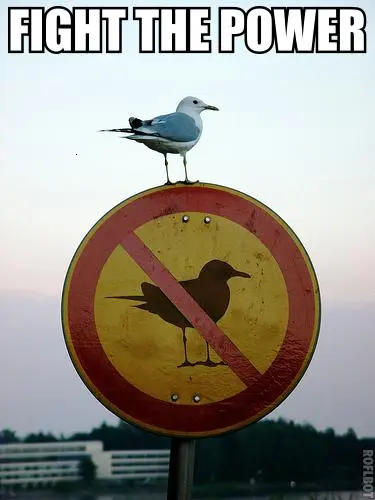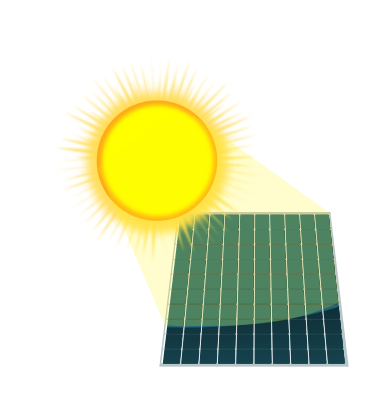From what I remember, the taunt predates women overtaking men in college completion (which happened in approximately 1995). It’s pretty old at this point.
Here’s a newspaper article mentioning it from 1993:
https://www.latimes.com/archives/la-xpm-1993-01-31-tm-825-story.html








You’re not alone.
I never liked humans aged 0-10, and could only kinda stand adolescents and young adults in small doses.
But I wanted adult children because I wanted the relationship that I had with my parents from my 20’s onward. Many of the well adjusted adults I know had or have really close relationships with their supportive, loving parents, and it seems like a relationship that goes both ways, between the 30-something child and the 60-something parent.
So now I have kids. I still don’t really care for other people’s children, although I’ve softened my views and attitudes towards them. But I love my own children, and I’m very excited about how they’re developing into actual humans with their own personalities who will one day be their own full fledged adults who I love and who love me.
I found the helpless infant stages to be simultaneously boring and stressful. It wasn’t until they were eating food that I cooked for them (5-6 months in) that started to feel an emotional connection, and some kind of meaning in parenting. Then, when they started talking I became more emotionally invested in the relationship.